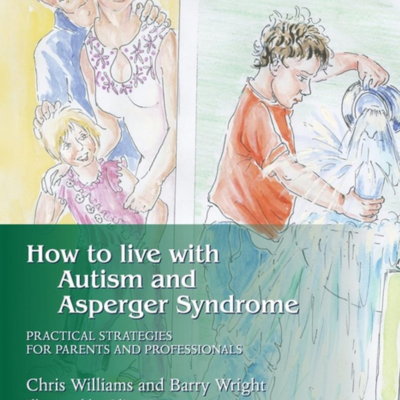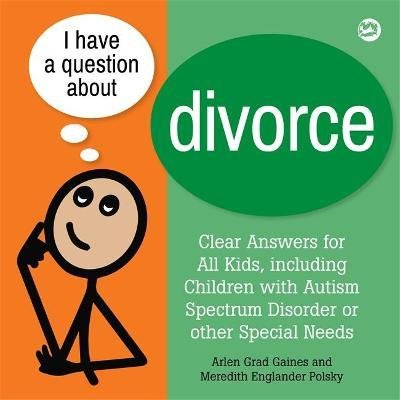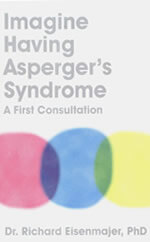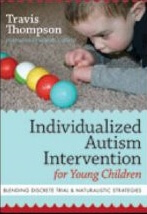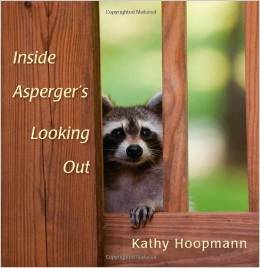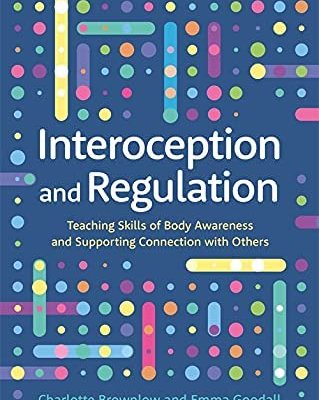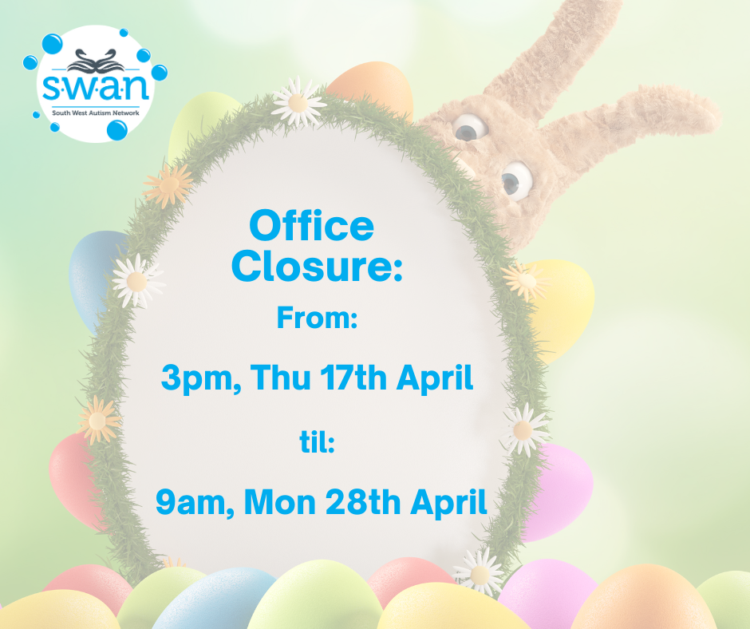How to Live With Autism and Asperger Syndrome
Chris Williams and Barry Wright
Practical strategies for parents and professionals.
This accessible and valuable introduction to caring for a child with autism is an ideal resource for teachers and members of a child with autism’s immediate and extended family. In clear and simple language, with many illustrations, the authors tackle common problems experienced in everyday routines such as eating, sleeping and going to the toilet, as well as how to cope with aggression and tantrums, preoccupations and compulsions and how to enable better communication and socialising. Based on up-to-date research and using many case examples, the authors consider step-by-step why each problem may be happening and suggest a number of solutions.
A note from SWAN: ‘Asperger’s Syndrome’ is no longer used as a diagnosis and the term “high-functioning” is harmful, as it minimises the varied support needs of autistic people. SWAN does not endorse these terms, but recognises that this resource contains other useful information.
